NASA’s Webb Space Telescope has revealed the sharpest images yet of a portion of a horse-shaped nebula.
This image shows three views of the Horsehead Nebula. Image left, released in November 2023, features the Horsehead Nebula as seen in visible light by ESAs Euclid telescope, which has contributions from NASA. The second image, middle, shows a view of the Horsehead Nebula in near-infrared light from NASAs Hubble Space Telescope in 2013. The third image, right, features a new view of the Horsehead Nebula from NASAs James Webb Space Telescopes NIRCam instrument.
The Horsehead Nebula, in the constellation Orion, is 1,300 light-years away. A light-year is nearly 6 trillion miles .Discovered over a century ago, its nickname derives from its striking appearance — a wispy pillar of gas and dust that resembles a horse rearing its head. Webb’s latest infrared images released Monday captured the top of Horsehead in greater detail, illuminating clouds of chilly hydrogen molecules and soot-like chemicals. These glamour shots can help refine astronomers’ understanding of the nebula, which acts as a nursery for big stars to brew.
Horsehead is a favorite target of space observatories including the Hubble Space Telescope. Last year, theThe Associated Press Health and Science Department receives support from the Howard Hughes Medical Institute’s Science and Educational Media Group. The AP is solely responsible for all content. Copyright 2024 The Associated Press. All rights reserved. This material may not be published, broadcast, rewritten or redistributed without permission.
Norge Siste Nytt, Norge Overskrifter
Similar News:Du kan også lese nyheter som ligner på denne som vi har samlet inn fra andre nyhetskilder.
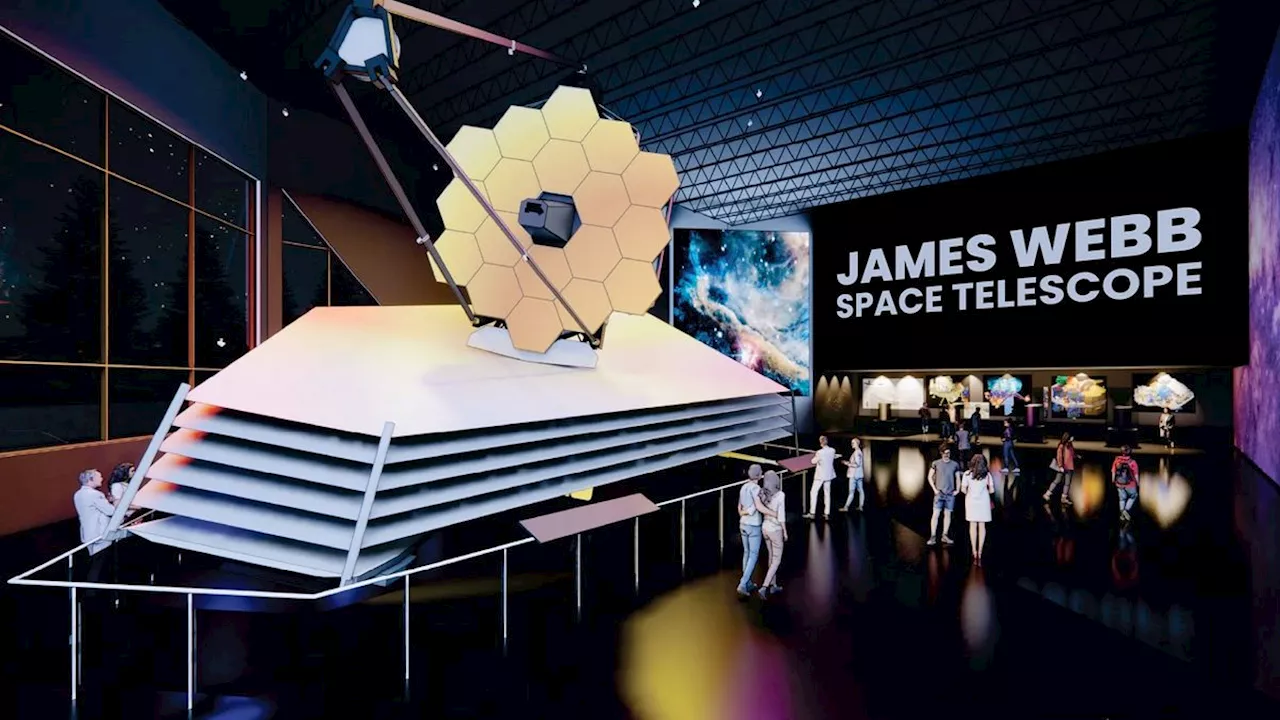 James Webb Space Telescope full-size model to be displayed by Space FoundationRobert Pearlman is a space historian, journalist and the founder and editor of collectSPACE.com, an online publication and community devoted to space history with a particular focus on how and where space exploration intersects with pop culture. Pearlman is also a contributing writer for Space.
James Webb Space Telescope full-size model to be displayed by Space FoundationRobert Pearlman is a space historian, journalist and the founder and editor of collectSPACE.com, an online publication and community devoted to space history with a particular focus on how and where space exploration intersects with pop culture. Pearlman is also a contributing writer for Space.
Les mer »
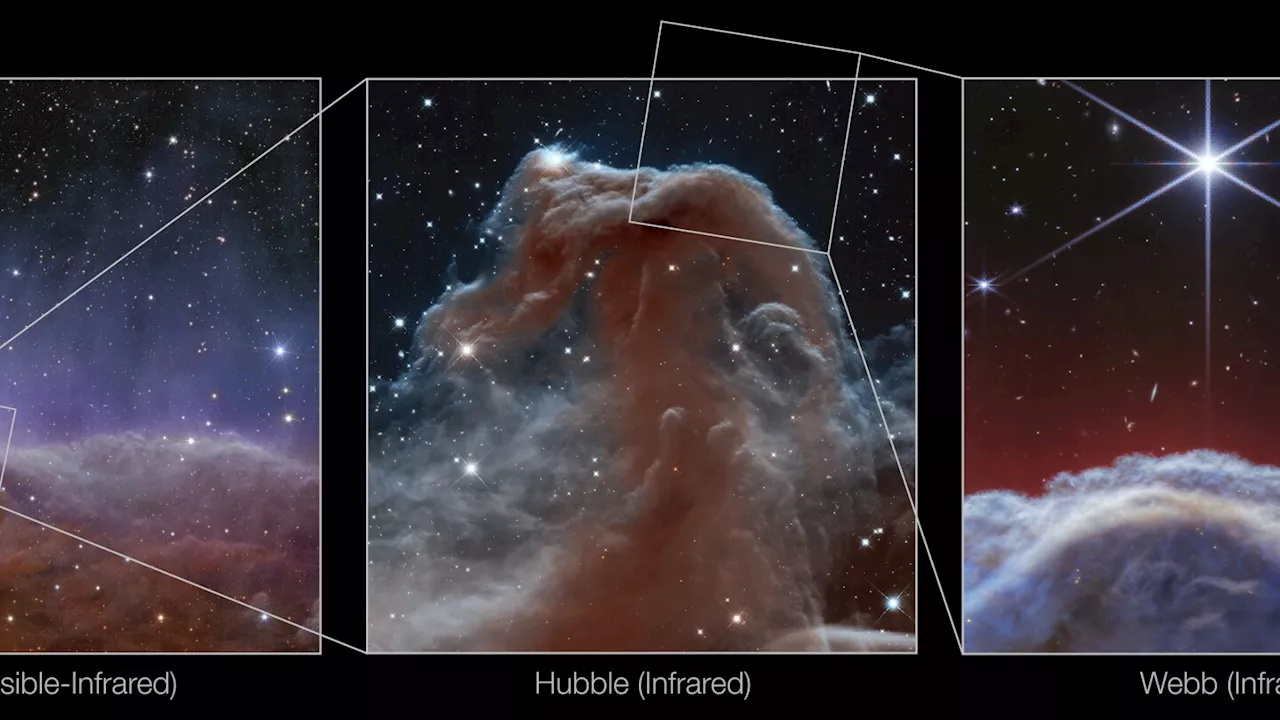 A horse-shaped nebula gets its close-up in new photos by NASA's Webb telescopeNASA’s Webb Space Telescope has revealed the sharpest images yet of a portion of a horse-shaped nebula. The Horsehead Nebula is located in the Orion constellation and is 1,300 light-years away. Webb's new glamour shots released Monday captured the Horsehead's “mane” in finer detail, illuminating its clouds of gas and dust.
A horse-shaped nebula gets its close-up in new photos by NASA's Webb telescopeNASA’s Webb Space Telescope has revealed the sharpest images yet of a portion of a horse-shaped nebula. The Horsehead Nebula is located in the Orion constellation and is 1,300 light-years away. Webb's new glamour shots released Monday captured the Horsehead's “mane” in finer detail, illuminating its clouds of gas and dust.
Les mer »
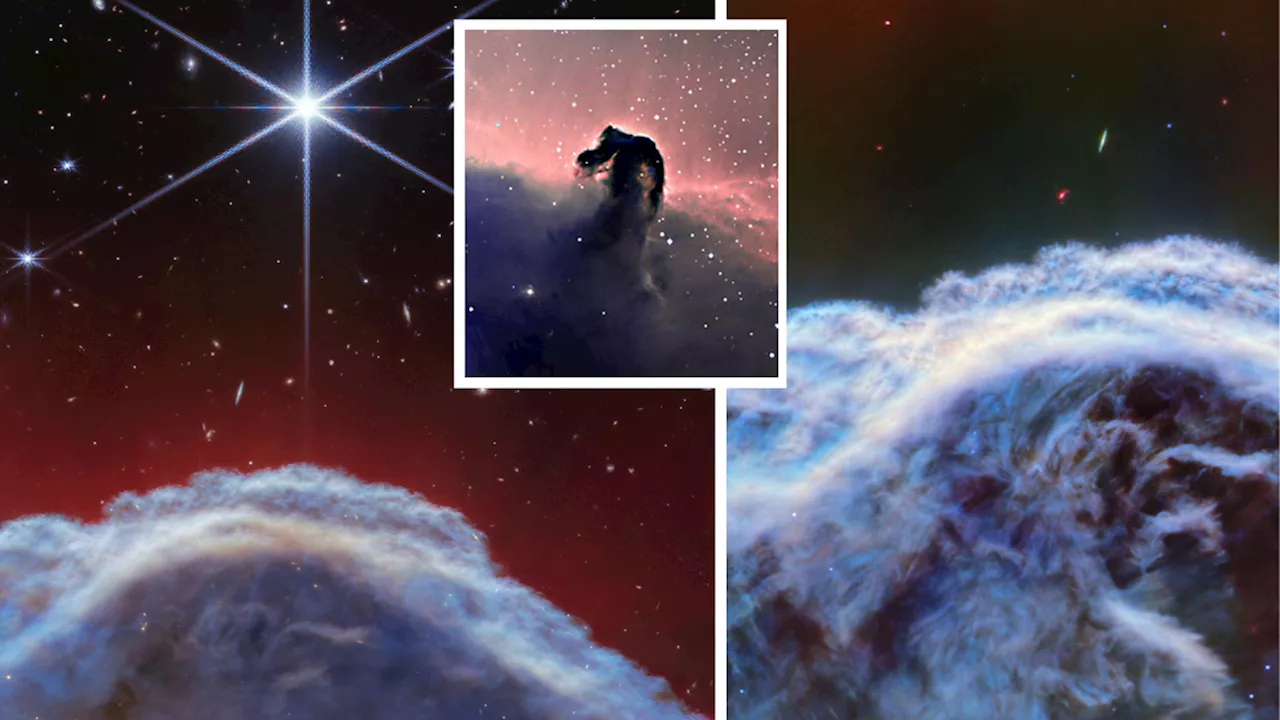 Horsehead Nebula rears its head in gorgeous new James Webb Space Telescope images (video)Robert Lea is a science journalist in the U.K. whose articles have been published in Physics World, New Scientist, Astronomy Magazine, All About Space, Newsweek and ZME Science. He also writes about science communication for Elsevier and the European Journal of Physics. Rob holds a bachelor of science degree in physics and astronomy from the U.K.
Horsehead Nebula rears its head in gorgeous new James Webb Space Telescope images (video)Robert Lea is a science journalist in the U.K. whose articles have been published in Physics World, New Scientist, Astronomy Magazine, All About Space, Newsweek and ZME Science. He also writes about science communication for Elsevier and the European Journal of Physics. Rob holds a bachelor of science degree in physics and astronomy from the U.K.
Les mer »
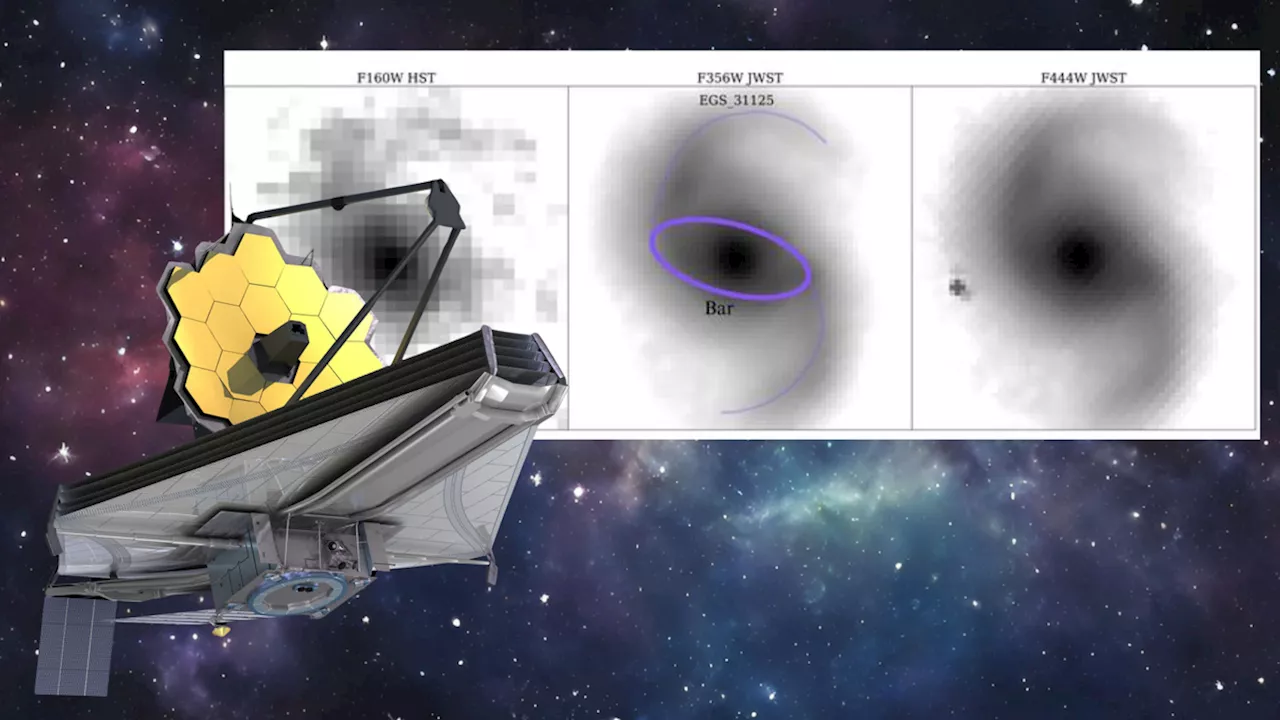 James Webb Space Telescope discovers some early universe galaxies grew up surprisingly fastRobert Lea is a science journalist in the U.K. whose articles have been published in Physics World, New Scientist, Astronomy Magazine, All About Space, Newsweek and ZME Science. He also writes about science communication for Elsevier and the European Journal of Physics. Rob holds a bachelor of science degree in physics and astronomy from the U.K.
James Webb Space Telescope discovers some early universe galaxies grew up surprisingly fastRobert Lea is a science journalist in the U.K. whose articles have been published in Physics World, New Scientist, Astronomy Magazine, All About Space, Newsweek and ZME Science. He also writes about science communication for Elsevier and the European Journal of Physics. Rob holds a bachelor of science degree in physics and astronomy from the U.K.
Les mer »
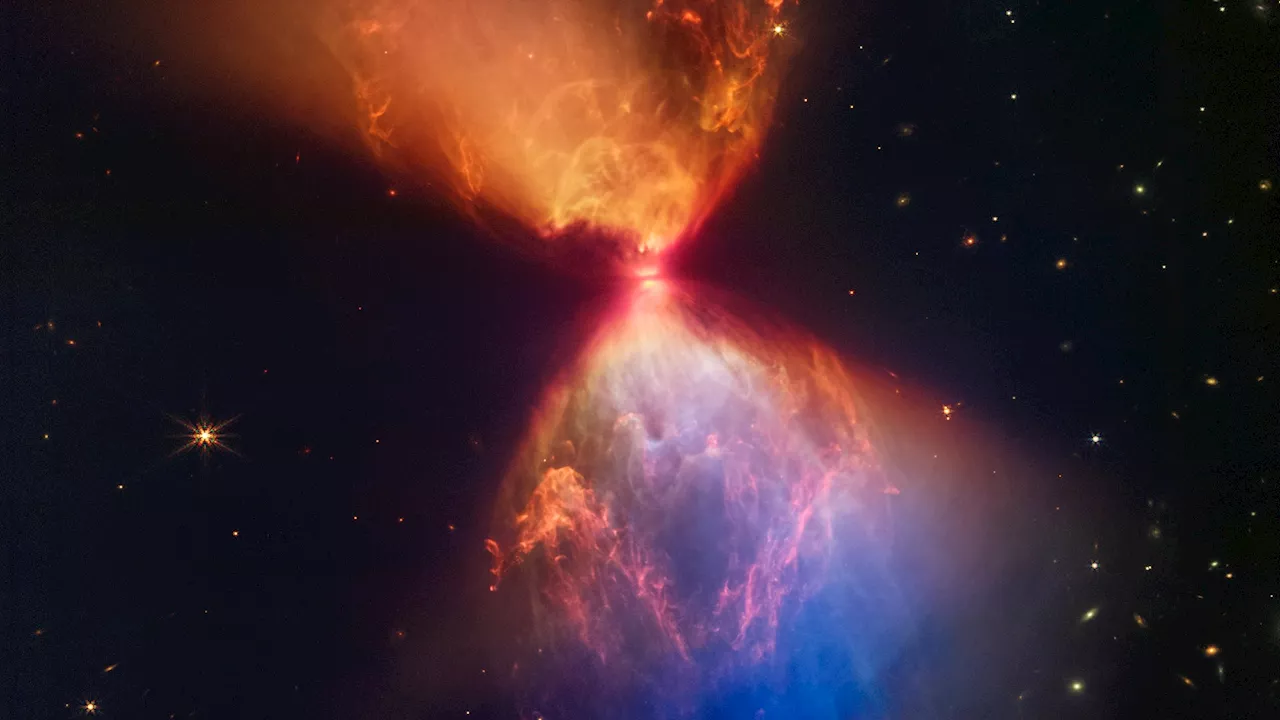 Plunge into an immersive IMAX movie featuring the James Webb Space TelescopeLaura is a science news writer, covering a wide variety of subjects, but she is particularly fascinated by all things aquatic, paleontology, nanotechnology, and exploring how science influences daily life. Laura is a proud former resident of the New Jersey shore, a competitive swimmer, and a fierce defender of the Oxford comma.
Plunge into an immersive IMAX movie featuring the James Webb Space TelescopeLaura is a science news writer, covering a wide variety of subjects, but she is particularly fascinated by all things aquatic, paleontology, nanotechnology, and exploring how science influences daily life. Laura is a proud former resident of the New Jersey shore, a competitive swimmer, and a fierce defender of the Oxford comma.
Les mer »
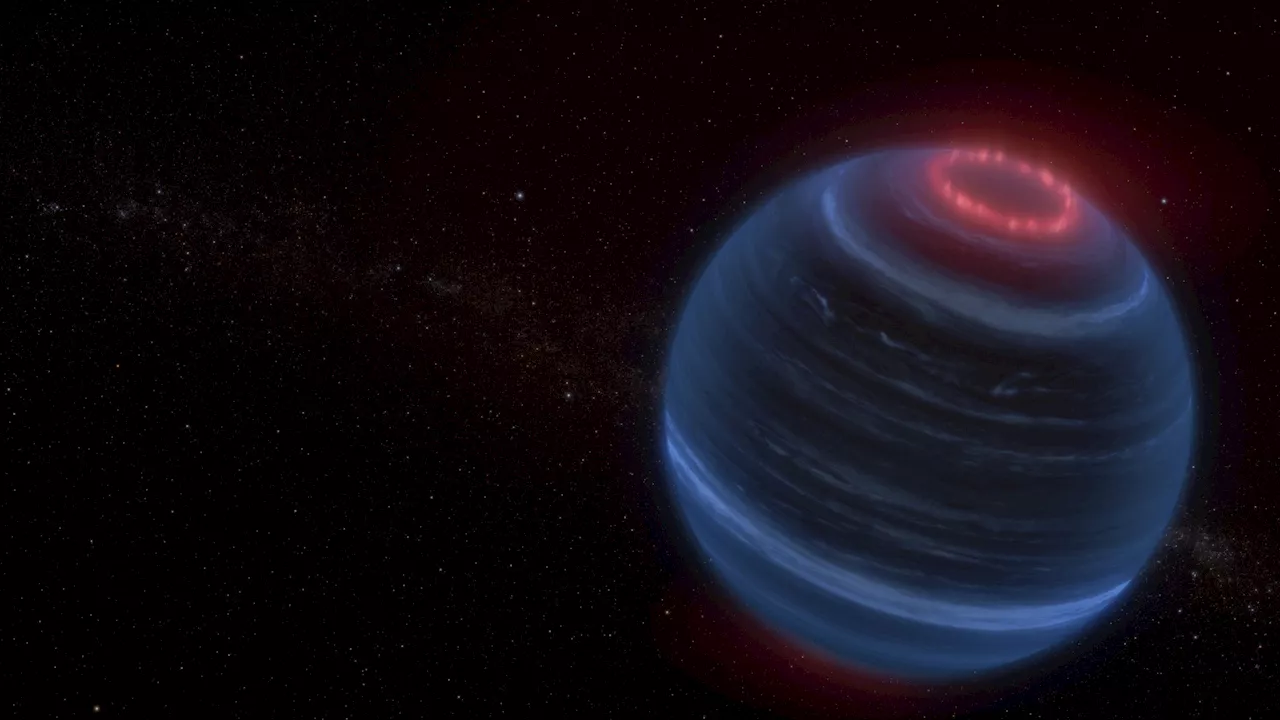 James Webb Space Telescope data pinpoint possible aurorae on a cold brown dwarfUsing new observations from the James Webb Space Telescope (JWST), astronomers have discovered methane emission on a brown dwarf, an unexpected finding for such a cold and isolated world.
James Webb Space Telescope data pinpoint possible aurorae on a cold brown dwarfUsing new observations from the James Webb Space Telescope (JWST), astronomers have discovered methane emission on a brown dwarf, an unexpected finding for such a cold and isolated world.
Les mer »
